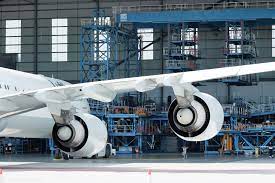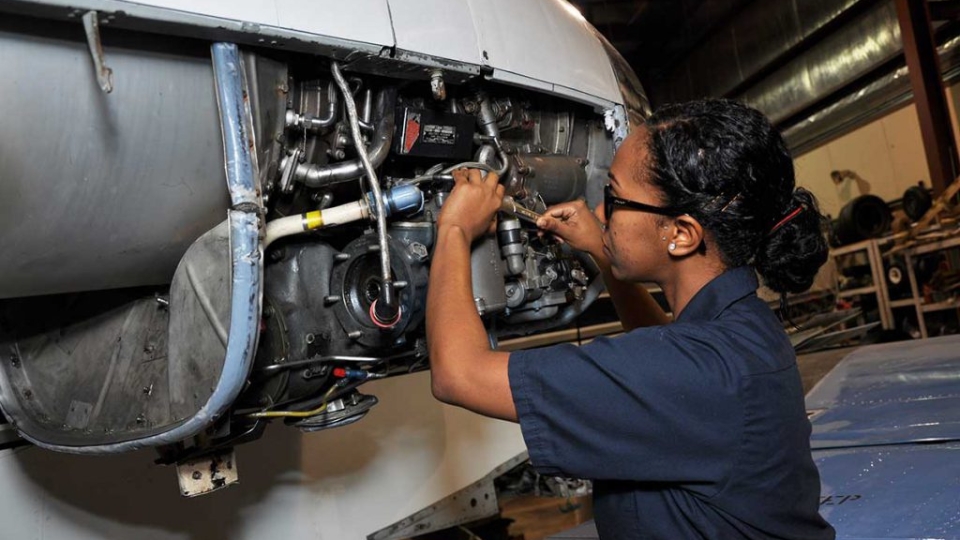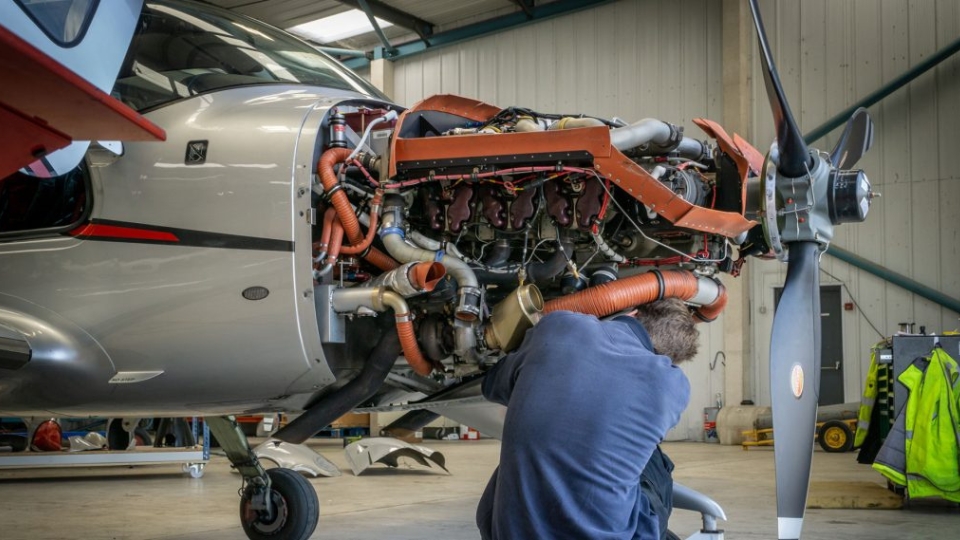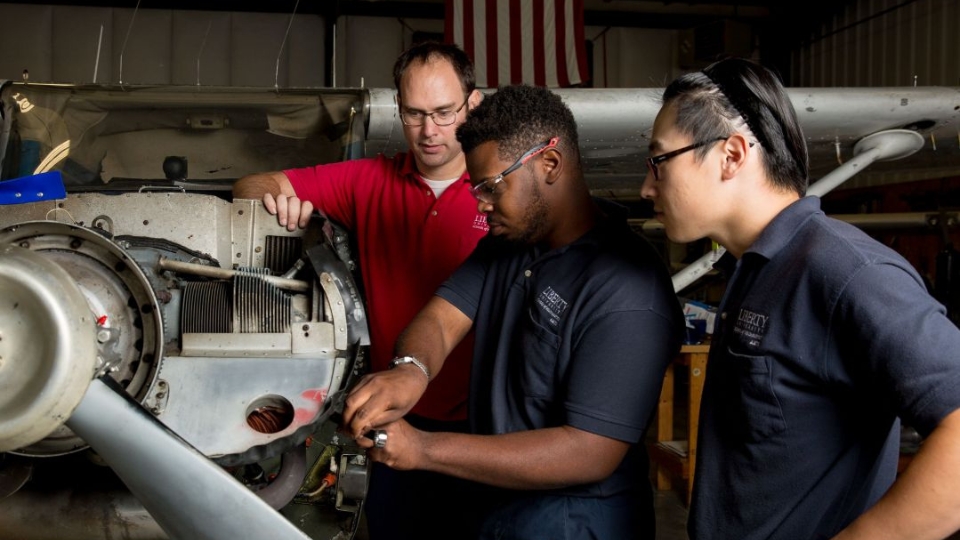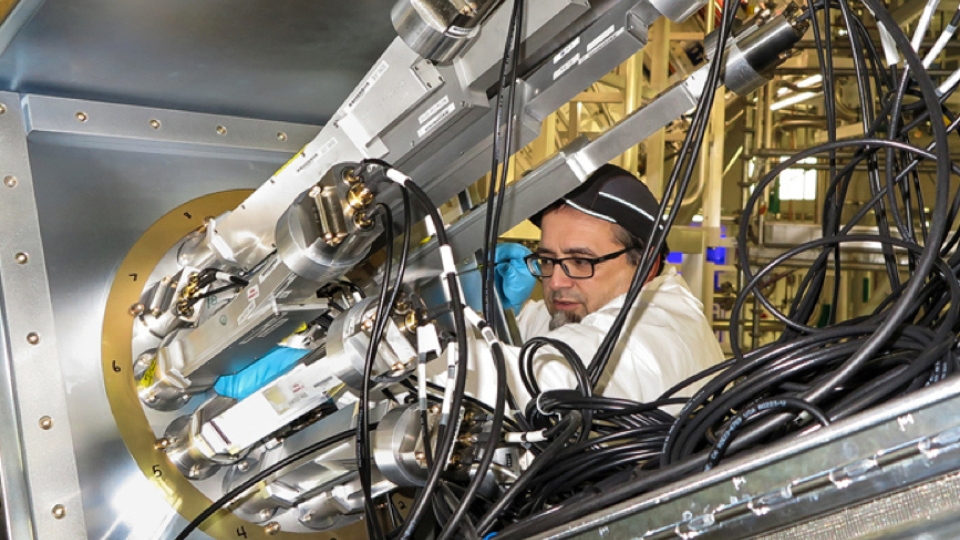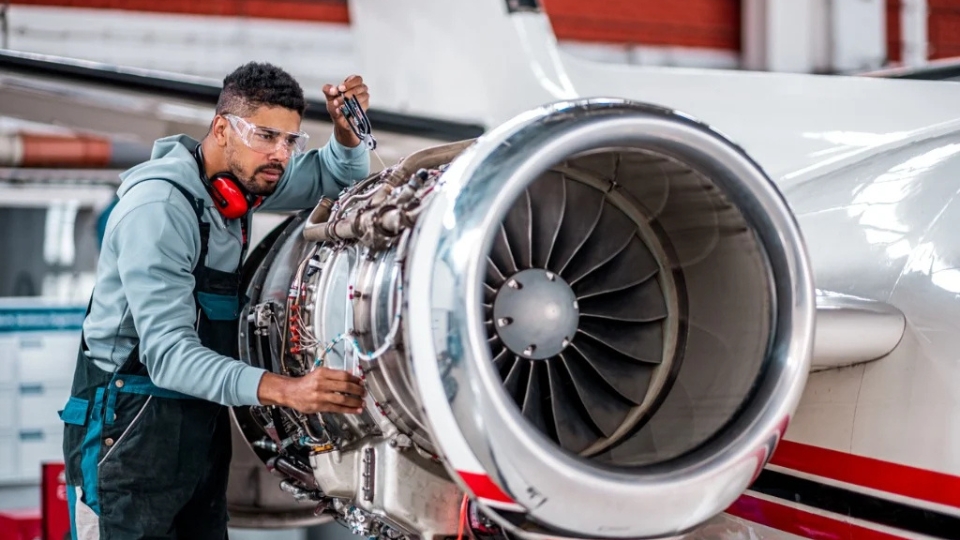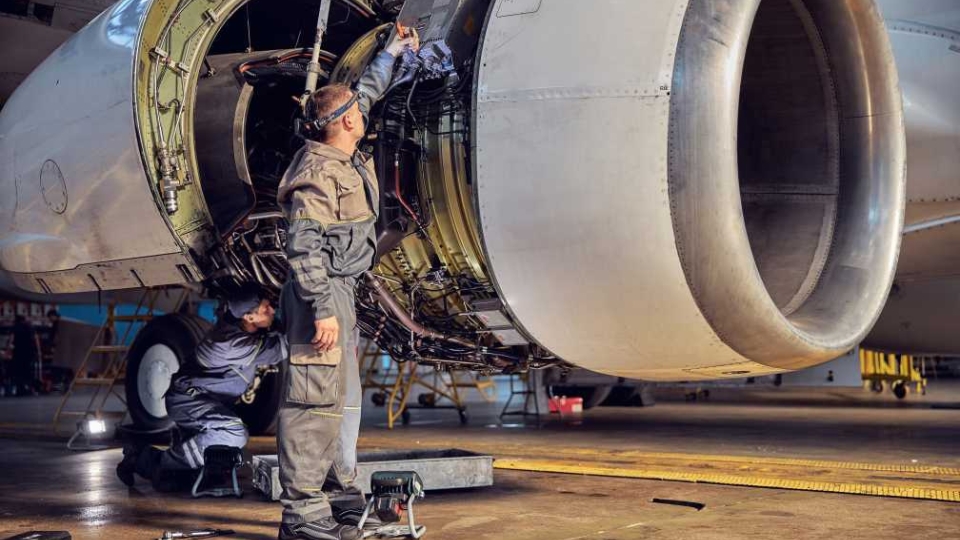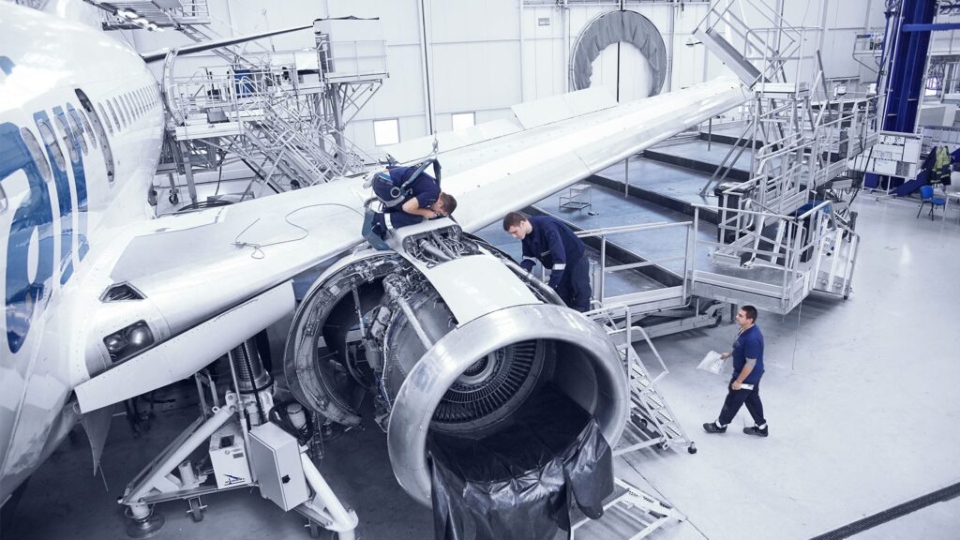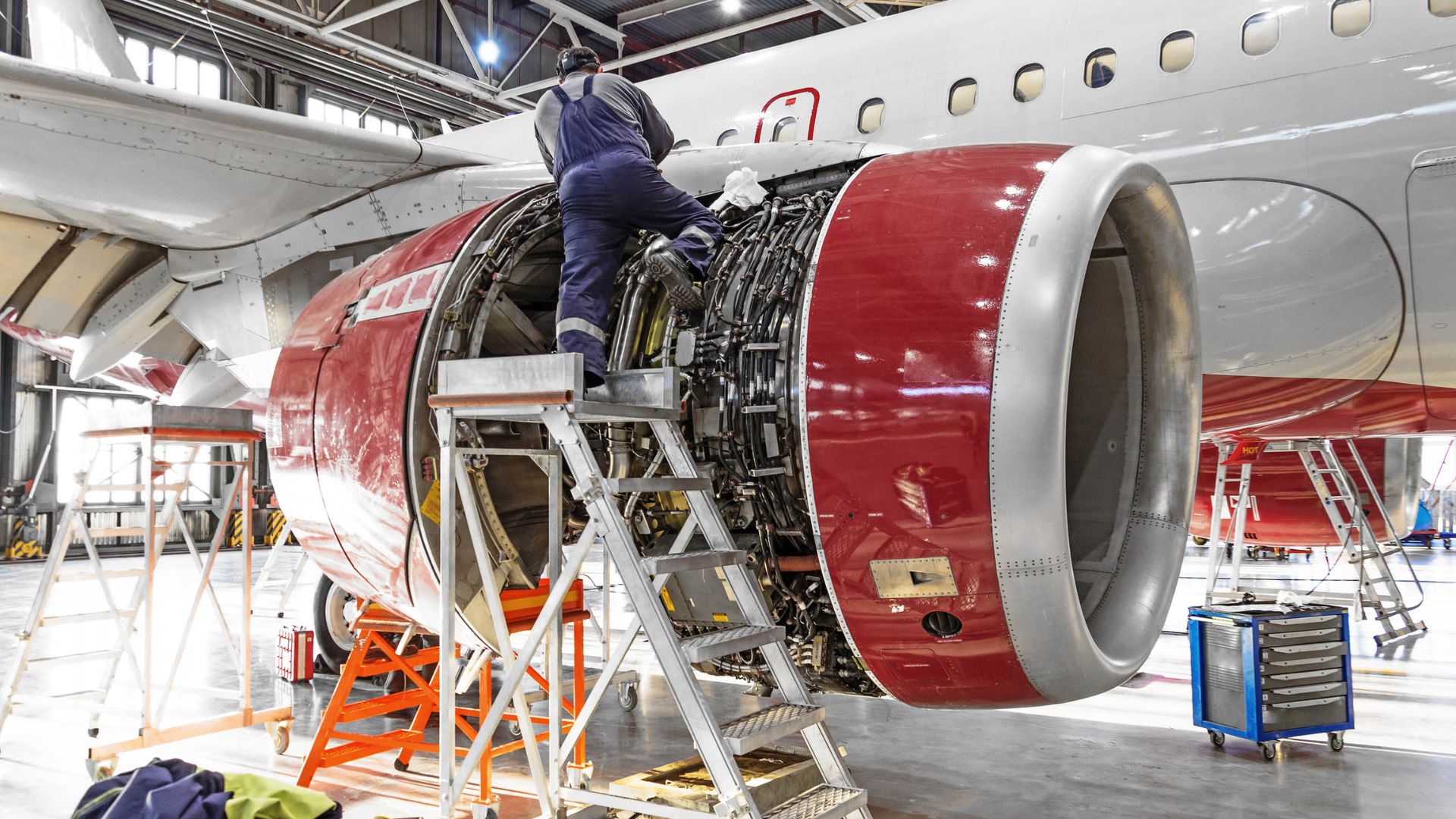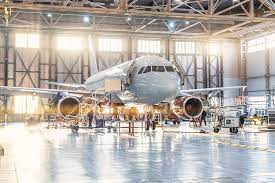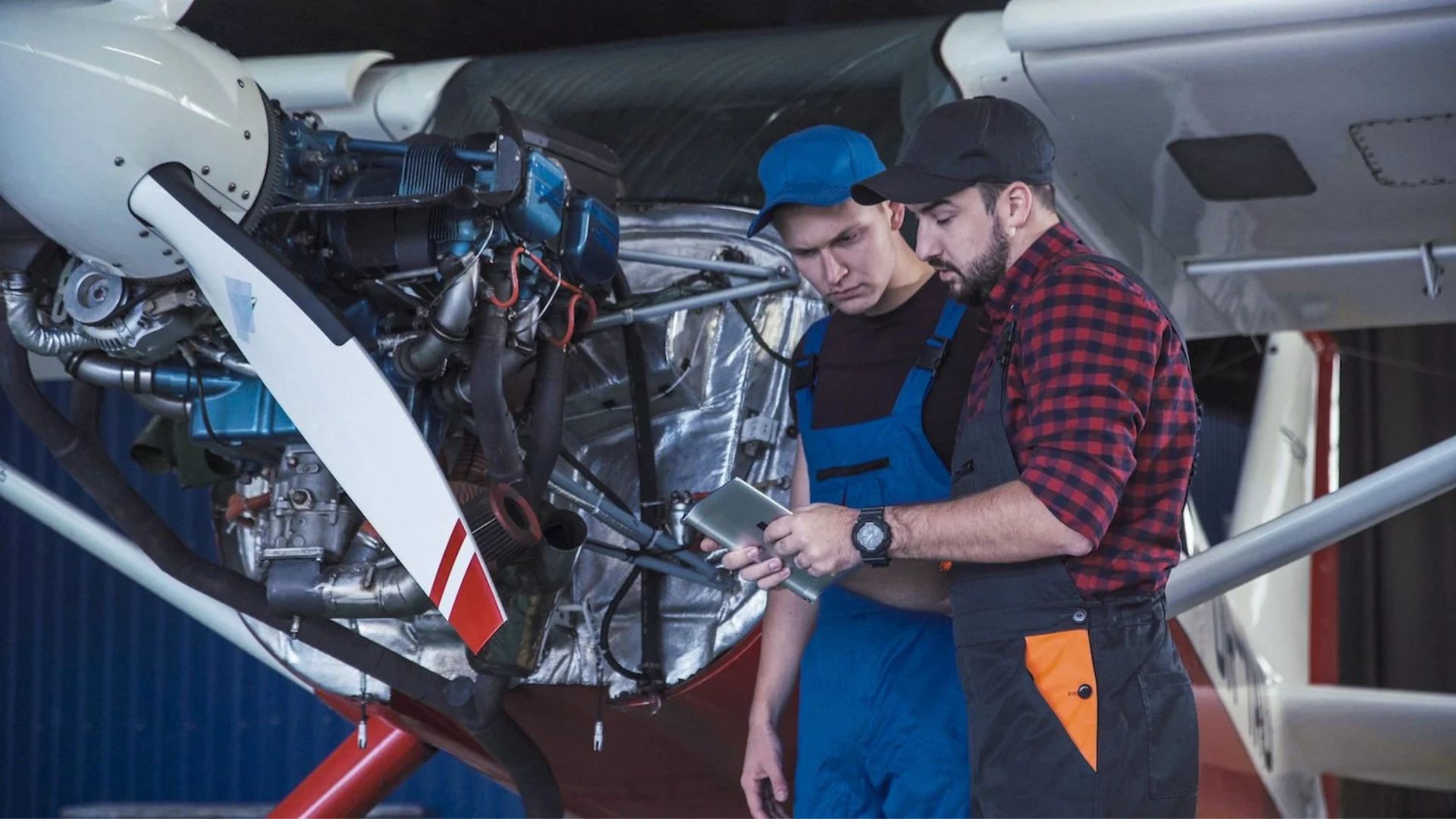The aviation industry is constantly seeking ways to improve safety, reduce costs, and enhance operational performance. Predictive maintenance boosts aviation efficiency by using data-driven insights to anticipate equipment failures before they occur. This proactive approach allows airlines to maintain reliable fleets, minimize downtime, and optimize flight schedules.
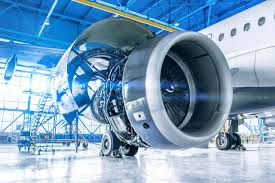
Predictive maintenance boosts aviation efficiency
What is Predictive Maintenance?
Predictive maintenance uses real-time data, historical trends, and advanced analytics to identify potential issues in aircraft systems. By predicting when a component is likely to fail, maintenance teams can intervene at the right time, preventing unexpected breakdowns and avoiding costly emergency repairs.
Example:
Sensors in an aircraft engine can detect subtle changes in vibration patterns. Maintenance software analyzes this data to predict when a part might fail, allowing technicians to replace it before it causes a flight delay.
Enhancing Flight Safety
Safety is the primary benefit of predictive maintenance. By addressing potential problems early, airlines reduce the risk of in-flight malfunctions. Predictive tools monitor engines, hydraulics, avionics, and structural components, ensuring that every flight operates under optimal conditions.
Example:
If a sensor detects abnormal pressure in the landing gear hydraulics, maintenance teams can fix it before takeoff, preventing potential safety hazards.
Reducing Operational Costs
Predictive maintenance lowers costs by preventing major repairs, minimizing aircraft downtime, and optimizing parts inventory. Replacing a component at the right time is far less expensive than emergency fixes, which can disrupt schedules and require additional labor and resources.
Example:
An airline can schedule a turbine replacement based on predictive analytics, avoiding a costly unscheduled repair that would have grounded the aircraft for days.
Optimizing Fleet Utilization
Airlines rely on predictive maintenance to keep aircraft operational and schedules reliable. By minimizing unexpected downtime, airlines can maximize fleet utilization and ensure flights operate on time. This reliability improves passenger satisfaction and strengthens the airline’s reputation.
Example:
A fleet managed with predictive analytics experiences fewer flight cancellations, allowing an airline to maintain a busy schedule with consistent on-time performance.
Technology Behind Predictive Maintenance
Advanced digital tools power predictive maintenance. AI algorithms, machine learning, and IoT-enabled sensors provide real-time monitoring and analysis. Maintenance teams can track trends, identify anomalies, and plan interventions efficiently. This combination of technology and human expertise ensures accurate predictions and timely action.
Example:
Machine learning software can analyze engine data from hundreds of flights to detect patterns that indicate wear, allowing technicians to perform maintenance before failures occur.
Benefits for Passengers
Predictive maintenance not only benefits airlines but also improves the passenger experience. Fewer delays, cancellations, and technical issues mean a smoother, more reliable journey. Passengers can trust that their flight is safe, on time, and operated by a well-maintained aircraft.
Example:
A passenger flying on an aircraft monitored through predictive maintenance may experience zero technical disruptions, arriving at their destination as scheduled.
Supporting Sustainability in Aviation
Predictive maintenance also contributes to sustainability in aviation. By preventing unnecessary part replacements and optimizing fuel efficiency through well-maintained engines, airlines can reduce waste and lower carbon emissions. This eco-friendly approach not only supports environmental goals but also positions airlines as responsible operators in the eyes of passengers and regulators.
Conclusion
Predictive maintenance boosts aviation efficiency by combining real-time monitoring, data analytics, and proactive maintenance strategies. Airlines that adopt predictive approaches improve safety, reduce costs, optimize fleet operations, and enhance passenger satisfaction. In an industry where reliability and punctuality are critical, predictive maintenance is a game-changer, ensuring that aircraft remain airworthy, efficient, and ready to perform at their best.

